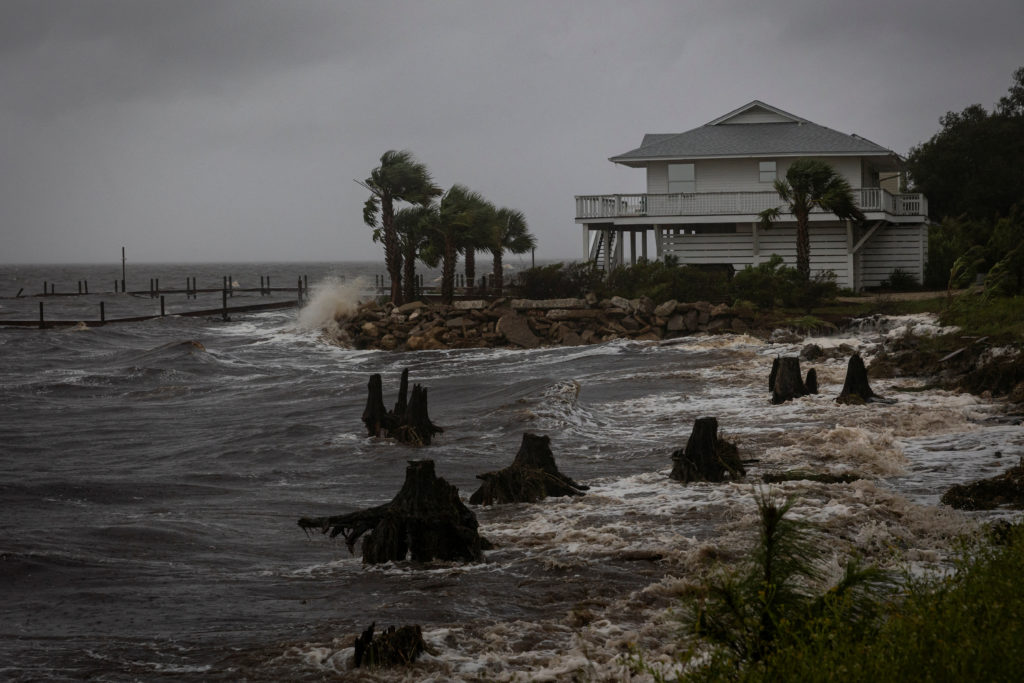Thursday night, Hurricane Helene hit the Florida coastline as a Category 4 hurricane. Despite its strength upon landfall, Helene rapidly weakened within hours. Helene killed thirty people so far, with multiple injuries. Florida, Georgia, South Carolina, North Carolina, and Kentucky are facing the devastation of Helene, with other states expected to face Helene in the following days.
North Carolina Governor Roy Cooper said, “This is an unprecedented tragedy that requires an unprecedented response.”
After landfall, Helene downgraded rapidly to a tropical depression. However, Helene is not the first hurricane this area faced this season. Helene is the third hurricane to hit the region this year. Other hurricanes in the area this year include Hurricane Idalia and Hurricane Debby, both of which hit the region in August.
President Joe Biden promised to support the states affected by the hurricane, stating, “I’m here to say the United States, the nation, has your back. They’re not leaving until you’re back on your feet completely.”
Hurricane Helene has reintroduced the conversation about climate change and how it affects everyday life. The cause for Helene’s massive size was likely due to rising temperatures in the Gulf of Mexico. As Hurricane Helene developed, Gulf temperatures hit an all-time high of 89 degrees Fahrenheit, which fueled Helene into a Category 4 hurricane. This hurricane comes as Americans’ concern grows concerning climate change and how humans are irreversibly changing the Earth.
Experts expect Helene to cause more destruction as the hurricane continues to cross the United States with a rising death toll.


